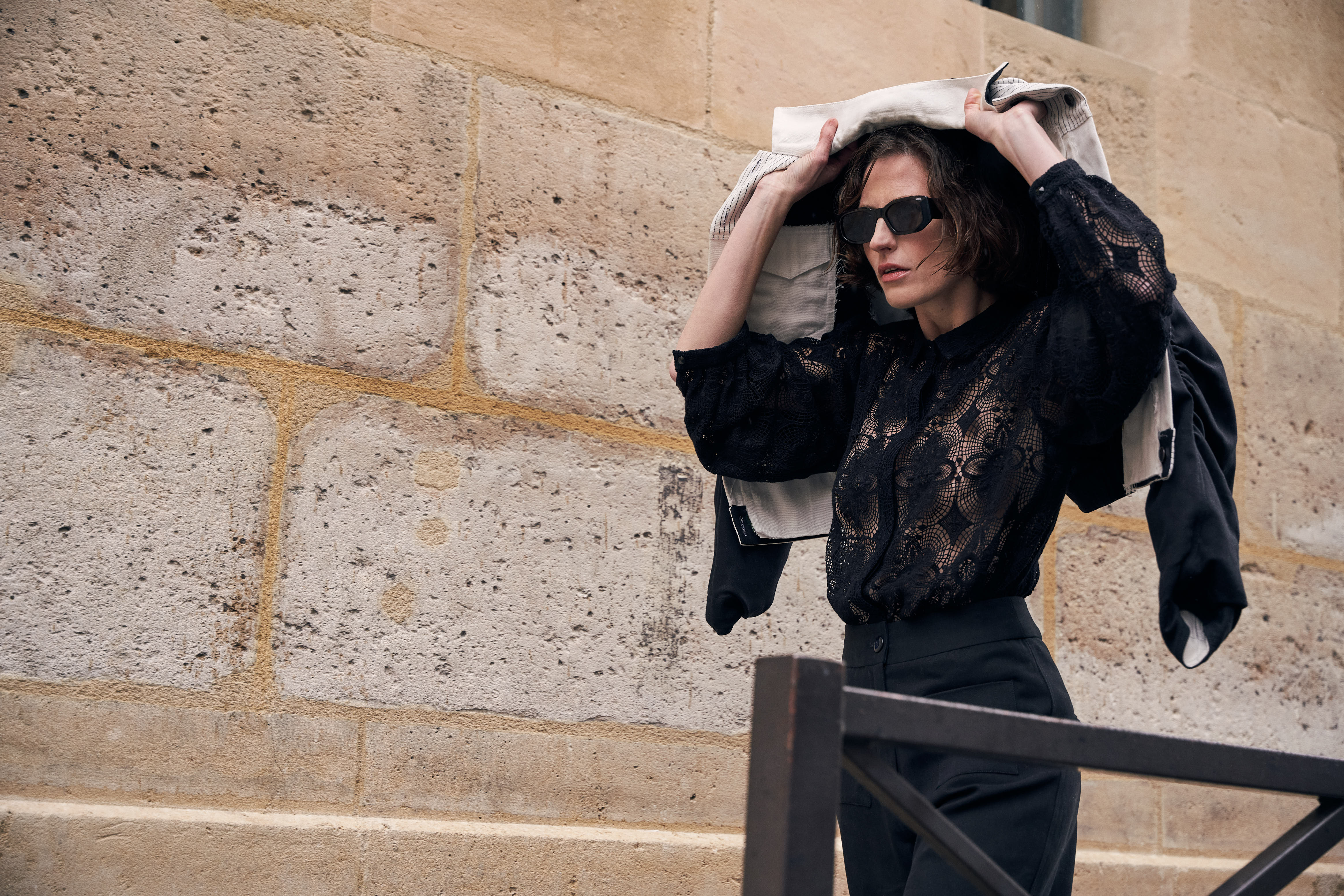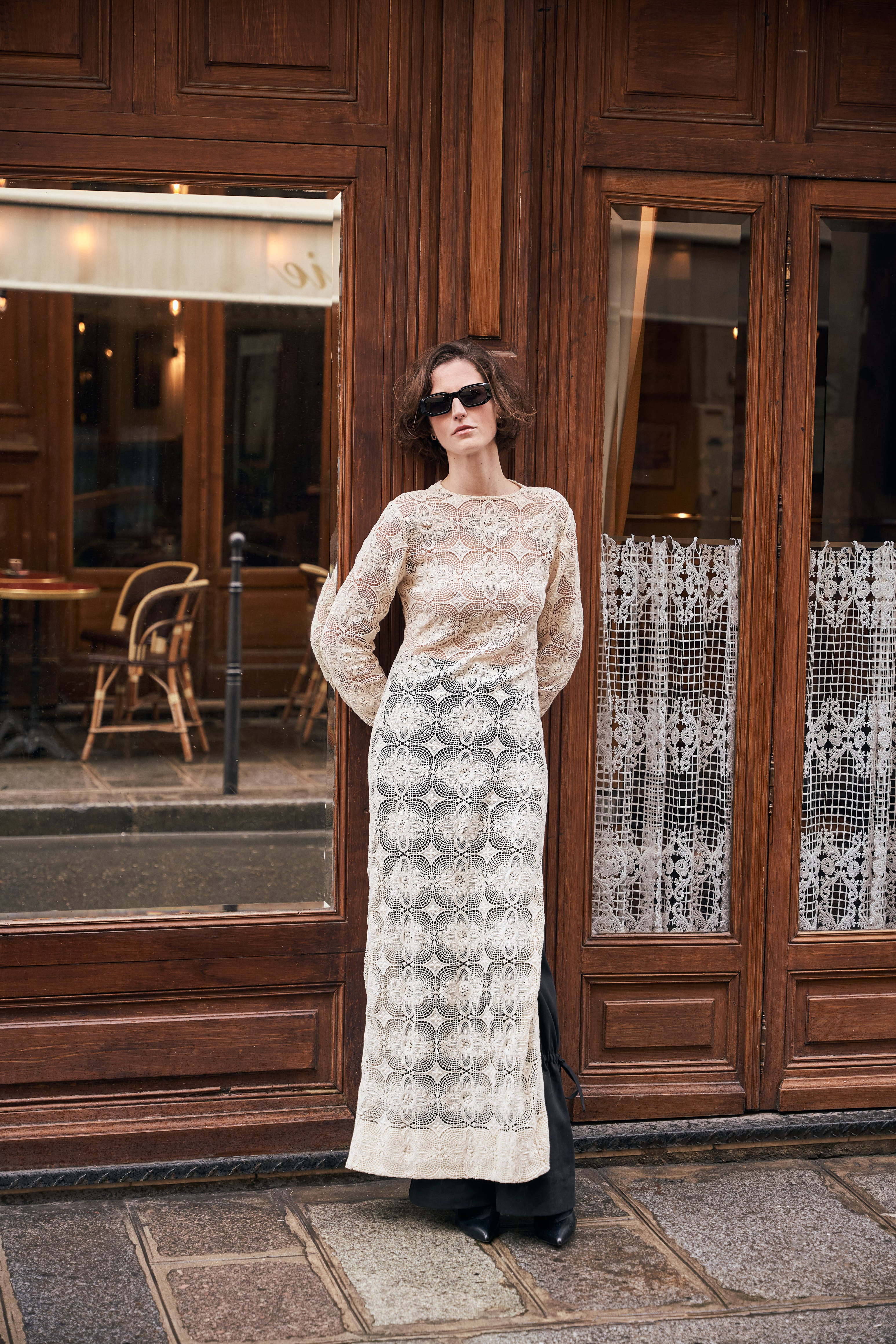Olivier Bergeron, Sound Therapist
Olivier Bergeron’s spacious studio is on the top floor of a building in Paris’ trendy 10th arrondissement. He has a master in political science and recently received a degree in Philosophy, Ethics and Design. Bergeron has been a sound therapist since 2020. He is also the founder of the sensory design agency By Volta and has started the “Qi-Cabane”, a wellness retreat in the Fontainebleau forest, 50 kilometers south of Paris. Before we started the interview, Olivier used one of his many tuning forks to put me, he says, “in the alpha state”, a state which induces feelings of calm, increases creativity and enhances one’s ability to absorb new information. The perfect state to listen to him.
 Q. How would you define sound therapy ?
Q. How would you define sound therapy ?
A. Sound therapy is a way of listening to your body through sound to see how it travels through your body. If something is blocking sound, it does not move as far. With experience you can hear it and then you work on that particular part of the body. Contrary to other forms of massages, the main virtue of sound therapy is that there are no manipulations. It is soft and deep at the same time as sound travels through your body. It shows that the body extends beyond itself, that it is operating in an energy field of never ending “bombardments''. Albert Einstein has said: “Concerning matter, we were wrong. What we have called matter is energy having slowed its vibration so as to be perceptible as matter.”
Q. How does that work ?
A. In 1900, an engineer had fallen ill. He was lying on his bed. There were two clocks in his bedroom. He wondered why the clocks were moving in harmony with each other. So he moved each clock’s pendulum in opposite directions. After a while, they were again synchronized with each other. That intrigued him and he understood there were forces which had to do with vibrations. That was the basis for the “theory of resonance.” The whole process of sound therapy works through vibrations and resonance. We use tuning forks specific to the brain wavelengths - alpha, beta, gama, etc. Sound therapy works on two principles: that different emotions vibrate at different levels, and that blocked, or unexpressed emotions, are the main source of disease. Today, science can measure the vibration of organs. For instance, the Earth vibrates at an average of 7.8 hertz. According to this theory, we should all be in resonance with this primeval vibration. Einstein was the first one to say that matter was only vibrations. Quantum physics was able to demonstrate that. In For the massages, we work with all this. Each one of us “emits’ hertz which is a median of the vibrations of each organ. Organs don’t all vibrate at exactly the same frequency. We can measure it. Just like we can measure alpha, beta, gamma, theta and delta waves of the brain according to its activity. Sound therapy helps with sleep, for instance, it relieves stress. It balances the whole being. It’s tuning the body like one tunes an instrument.
Q. Why does it work ?
A. That’s difficult to say. It is a very effective form of alternative medicine because it works directly on the body's energy field and chakras rather than the body itself. When the body’s energy is healthy and balanced, its own natural healing abilities are enhanced. It’s a little like “sweeping your body” with the hertz felt by each organ. We think tibetans are at the origins of the research around sound which takes you to a specific vibration. It goes way back - 1,000 years, 2,000 years. We are inspired by Chinese medicine which considers the “human machine” to be self-managing. So if you stimulate one point of the body through acupuncture, for instance, it’ll affect the organ we’re trying to heal. We have a few hints, but it’s still intuition. There’s scientific research, but there are also a lot of quacks.
Q. How did you become interested in sound therapy ?
A. It’s a long process. In a past life, I was doing projects connected to vibrations. It’s rather comical. For instance, I worked on a project for the Champagne brand Moët et Chandon. In the bar of a casino in Macau, we installed subwoofers under seats, just like kids install in their car to listen to rap music very loud. When someone ordered a big magnum of Champagne, the subwoofers would start vibrating ! We also worked with a bathroom brand. The bathroom would vibrate harmoniously. Finally, the Paris Airport administration wanted a relaxation zone for their VIPs. But the project was interrupted by Covid. This design research led me to start Zen & Sound Academy as a sound massage therapist. The next step now would be to make this type of massage more known to the public because it allows you to relax more easily.
Q. You also have a cabin in a forest near Paris?
A. I also have a cabin in a forest south of Paris. I would like to work with the sounds of nature, these vibrations. Neuroscientist Antonio Damasio says that the brain is constantly assaulted by impacts coming from multiple sources which impact it and influence how one feels. If it influences the way you feel, it also influences the decisions you make. And if these decisions concern hyper complex problems like our relationship to nature - which obviously we’ve missed - it could be interesting to actually understand we are a part of this whole vibration. Sound is interesting to make us understand this connection to the whole. It is interesting to be open to the sound that goes through you and does not stop with you. It is interesting because you can clearly see you’re not the center of everything.
Q. We could reconnect with nature through sound ?
A. There’s an easy way to do it. You collect sound with a parabolic microphone as you’re listening to nature; you transform it through cymatics, so you see sound, and then you lay down and you feel it. You can see the invisible. Many philosophers like Cynthia Fleury in France, Hartmut Rosa in Germany, Baptiste Morizot, etc., talk about a “deficit of sensitivity”, our inability to receive the sensitive. So, how do we reach people who are not aware of this or reject this holistic approach, saying “What is this B.S.?” My work is to make people feel things that are not visible. If you feel it, you cannot deny it exists. After a massage, you cannot deny you have been touched by sound.
Jean-Sébastien Stehli






